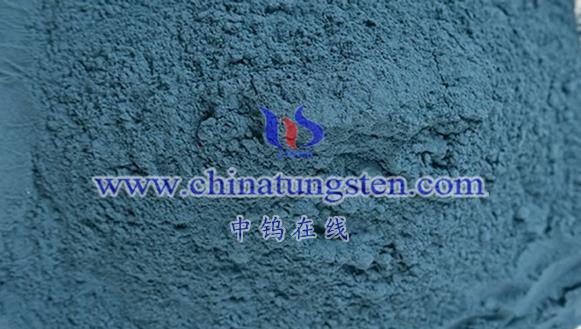
The application of tungsten oxide inorganic activation significantly improves its performance across several domains. Below are the key areas where activated tungsten oxide plays a crucial role:
- Gas Sensors
- Enhanced Sensitivity and Response Characteristics
Inorganic activation of tungsten oxide significantly enhances its sensitivity and response in gas sensors. For instance, when tungsten oxide nanoparticles are combined with porous silicon, the material benefits from the larger surface area and increased gas adsorption sites provided by the silicon. This interaction forms heterojunctions that greatly improve the sensor’s sensitivity to gases like nitrogen dioxide (NO₂), even at room temperature. This activation not only reduces the working temperature of the sensor but also accelerates its response and recovery speed, making it more efficient in detecting gases. - Expanded Application Fields
Activated tungsten oxide gas sensors can be deployed in various fields, including environmental monitoring and industrial safety, enabling real-time detection and early warning for harmful gases.
- Photocatalysis
- Improved Catalytic Efficiency
Tungsten oxide is a promising material for photocatalytic applications. Inorganic activation improves its catalytic efficiency by altering its band structure, enhancing light absorption, and facilitating the separation and transport of photogenerated electron-hole pairs. These changes boost the efficiency of photocatalytic reactions. - Application Examples
Activated tungsten oxide catalysts demonstrate enhanced performance in water splitting to produce hydrogen and in the degradation of organic pollutants, offering more efficient solutions for environmental remediation and renewable energy generation.
- Electrochromic Materials
- Optimized Performance
Tungsten oxide is widely used in electrochromic devices due to its ability to change color in response to an applied voltage. Inorganic activation optimizes its electrochromic performance by modifying its crystal structure, surface morphology, or chemical composition. This improves the material’s color change efficiency, stability, and color contrast. - Application Fields
Activated tungsten oxide electrochromic materials are used in smart windows, automotive rearview mirrors, and large-area information displays. These applications allow for controlled light transmission, enhancing energy efficiency and improving quality of life by adjusting indoor lighting or privacy levels.
- Lithium-Ion Batteries
- As an Anode Material
Tungsten oxide is a promising anode material for lithium-ion batteries due to its high theoretical capacity and good electrochemical performance. Inorganic activation further enhances the electrochemical properties of tungsten oxide anodes, improving aspects such as capacity retention, cycle stability, and rate performance. - Addressing Volume Expansion
Activation treatments can also mitigate the volume changes that occur during the charge and discharge cycles, helping to improve the long-term stability of the battery and extend its lifespan.
Conclusion
Tungsten oxide inorganic activation has broad applications in gas sensors, photocatalysis, electrochromic devices, and lithium-ion batteries. With ongoing technological advancements, tungsten oxide activation techniques will continue to evolve, providing stronger support for more fields, enhancing their performance and enabling novel applications.
More details of tungsten oxide product, please visit website: tungsten-oxide.com
Please contact CHINATUNGSTEN for inquiry and order of tungsten oxide:
Email: sales@chinatungsten.com
Tel.: 86 592 5129595















